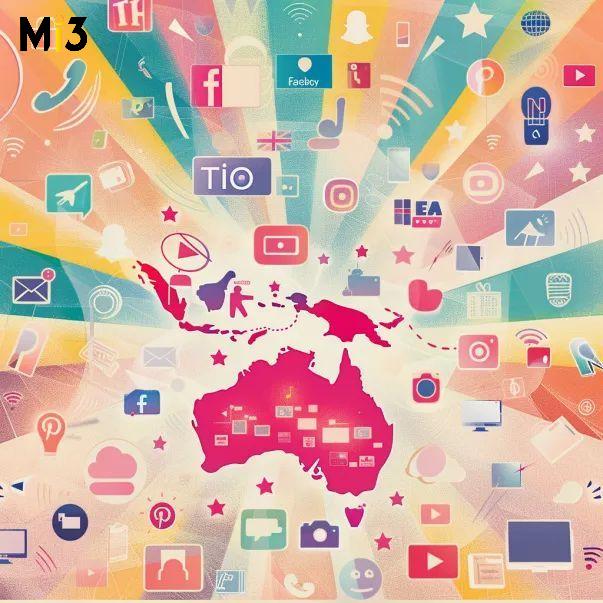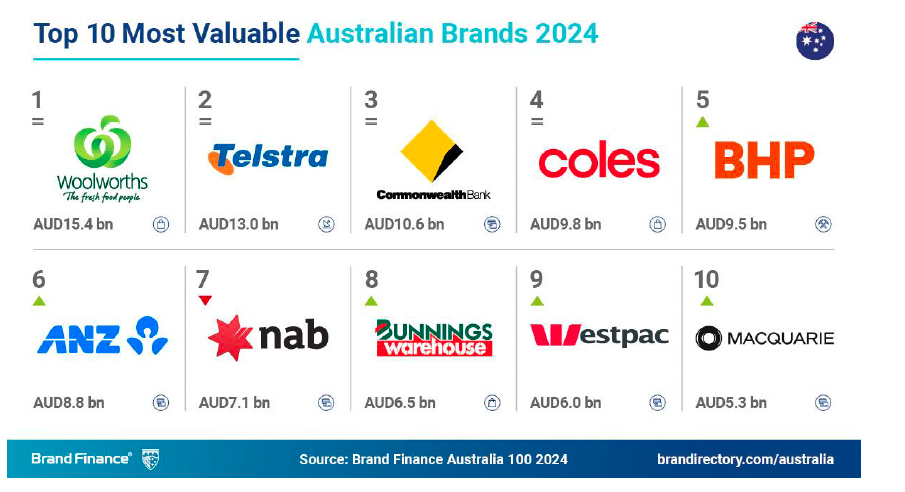Your Digital Collaborator for Modern Marketing- A Personal GPT.

By Bronwyn Heys, CEO, Australian Marketing Institute
Marketers don’t need more tools; we need better habits and faster ways to apply judgement. A personal custom GPT is a practical way to do both. Think of it as a digital version of you, that understands your context, follows your brand or company style guide, writes in your own tone of voice, and helps you move from brief to delivery with less rework.
This isn’t about hype or handing decisions to a black box. It’s about capturing how you already think and work, and making that available on demand, consistently, safely and at speed.
Why a personal custom GPT now?
1) It scales your judgement. Instead of starting from scratch, your GPT begins with your own tone of voice, your preferred structure and examples of what “good” looks like. You can also set flags (for claims to avoid, topics to escalate, or phrases you don’t use) so draft work arrives closer to finished.
2) It reduces rework. Too much time is lost re‑explaining expectations. A personal GPT encodes your brand guidelines, approval checks and “must‑include” elements, so first drafts land nearer the mark and teams can focus on substance, not formatting.
3) It respects privacy. With the right set‑up, you can keep sensitive material in controlled spaces while still getting the benefits of an assistant that remembers instructions, examples and files across projects.
4) It’s useful across everyday marketing, not just experiments. From creative to research to operations, this is a working tool that saves time and sharpens quality.
What you’ll use it for…just a few ideas.
- Creative partner: Headlines, first drafts and social captions that already sound like you, shaped by your style guide and examples.
- Research summariser: Long reports and articles condensed into one‑page briefs with cited sources you can check.
- Best‑fit customer clarity: Describe the customers who get the most value from you; the GPT turns this into segments, pains and proof points to brief content and campaigns.
- Brief builder & quality check: Generate a clear creative brief from a short description of your offer, then have the GPT check draft work against that brief and your brand guidelines before anyone reviews it.
- Campaign post‑mortems: Pull out what worked, what didn’t, the key lesson and two changes for next time.
- Content repurposing: Turn a webinar into an article, three emails and a short slide deck; keep the message consistent while adapting for each channel.
- Contact‑list hygiene: Identifies duplicate contacts and cleans them up (with a human double‑check before anything is merged or removed).
- Learning support. Curate simple, role‑relevant professional development paths linked to your goals and current projects.
- Governance helper. Draft short, human‑readable guidelines for how your team uses AI. From tone, approvals, and data do’s and don’ts, so your team move quickly without going rogue.
“A personal custom GPT is not a new app, it’s your working style, captured and shared.”
Make it personal and relevant to the task
Treat this like a brand brain that sits beside you:
- Your own tone of voice: a 200–300 word notes with phrases you prefer, words you avoid, and examples of finished work you love.
- Brand or company style guide: logo and typography rules, language preferences, disclaimers and any sensitive topics that need flags.
- Gold‑standard examples: three to five approved assets (landing page, email, article) that represent “this is what good looks like here”.
- Key materials: service or program one‑pagers, case studies, FAQs and approved data points.
- Routines & cadences: recurring tasks (e.g., weekly newsletter outline on Thursdays; event reminders on Mondays) so the GPT proactively drafts what’s due.
How to set one up…or to go deeper get support
Step 1: Open the builder. In ChatGPT, go to Explore GPTs → Create. Give your GPT a name (e.g., My Marketing Collaborator) and a clear description of who it helps and how it should behave.
Step 2: Add instructions that reflect you. In Configure, paste: your tone‑of‑voice note, the top items from your style guide, what to flag (claims to avoid, sensitive topics), and a few short “do/don’t” examples.
Step 3: Upload your “brand brain”. Add the examples and reference files you want it to learn from such as guidelines, approved copy, case studies. Use Projects to keep files, instructions and chats together so the assistant stays on‑topic across weeks of work.
Step 4: Switch on the right tools. Enable web browsing for current facts and keep other capabilities minimal to start. You can expand later
Step 5: Test it like you’d onboard a colleague. Give it three real tasks (e.g., an email, a landing page outline and a social post). Mark each out of 10 for first‑draft quality, note the edits you made, and tighten the instructions accordingly.
Step 6: Publish privately and track results. Share it with your team, set a weekly review, and measure edit time saved, on‑brand pass rate and any performance lift (opens, registrations, conversions). If it helps, add a short glossary so new users adopt the same language.
Guardrails without jargon
- Evidence first. For facts or numbers, ask the GPT to show its sources. If none are available, it should say so, no guessing.
- Privacy. Don’t upload personal or confidential customer data into public tools. Keep sensitive content in your controlled workspace.
- Human sign‑off. Define what can be published without review (e.g., first‑draft internal notes) and what must be approved (e.g., public claims, pricing).
- Versioning. Update your instructions monthly. Keep a shortchange log so people know what’s new, this is your tool. You create it.
What “good” looks like in the first month
- 30–50% quicker from brief to first draft on a chosen workflow (for example, member emails or event pages).
- ≥80% on‑brand at first draft (you should be editing for nuance, not rewriting).
- Cleaner CRM, with duplicate contacts flagged and fixed in batches every fortnight.
- Clear guardrails and a simple SOP so the whole team uses the assistant consistently.
The bottom line
A personal custom GPT won’t replace your judgement, it amplifies it. By capturing how you think, write and decide, it turns good habits into everyday practice and gives your team a reliable starting point. Start with one workflow, prove the value, then extend to adjacent tasks.
If you’d like support, email me at CEO@ami.org.au. AMI and I, can help you set up your team with personal GPTs and tools, then embed by training your team from our range of AI courses see here Traditional & Digital Marketing Courses Training Calendar – Australian Marketing Institute
Sources (getting started)
- OpenAI Help Creating a GPT. How to use the Builder and Configure steps.
- OpenAI Help Projects in ChatGPT. Keep files, instructions and chats together so work stays on‑topic.
- OpenAI Help GPT Builder. The conversational, no‑code way to create and refine your assistant.





